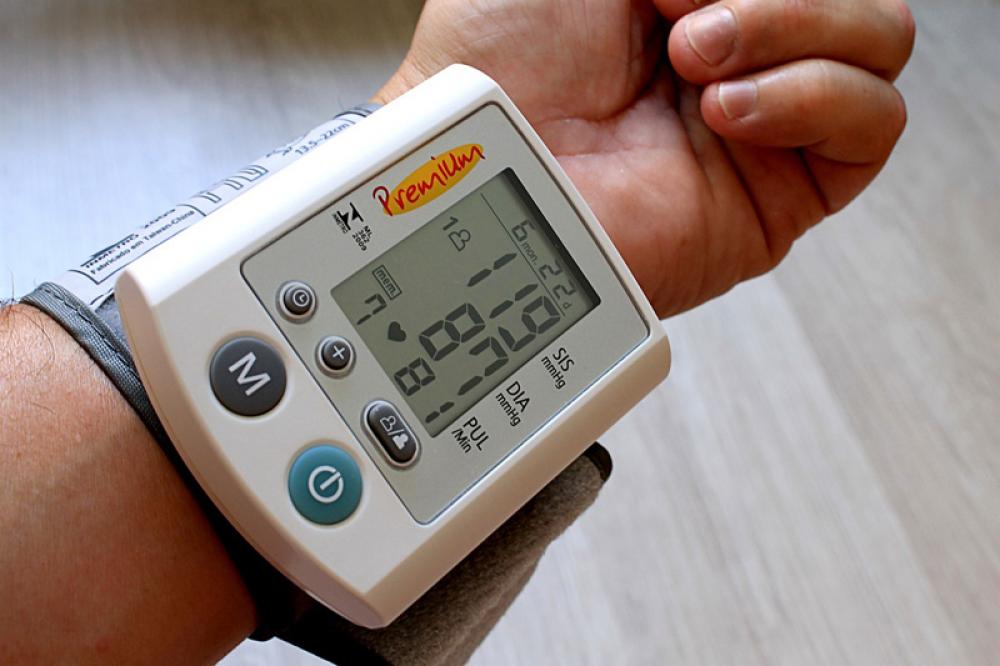Just Earth News | @justearthnews | 27 Jul 2023

Pixabay
Static isometric exercises, the sort that involve engaging muscles without movement, such as wall sits and planks, are best for lowering blood pressure, according to research conducted by Canterbury Christ Church University and published online in the British Journal of Sports Medicine.
The researchers believe that the current recommendations for exercise to help lower blood pressure, based on traditional aerobic or ‘cardio’ exercises such as cycling or running, although effective, are outdated and a review of exercise guidelines for controlling blood pressure is now needed.
Previously published research shows that exercise in general is associated with significant reductions in blood pressure, with aerobic or ’cardio’ exercise the type primarily recommended for managing blood pressure.
But this is largely based on older data that exclude the newer forms of exercise, such as HIIT and isometric exercise, meaning that the current recommendations are probably outdated.
In a bid to potentially update information on the best form of exercise for controlling blood pressure, academics from the University trawled research databases looking for clinical trials reporting the effects of an exercise training intervention lasting 2 or more weeks on resting blood pressure.
Overall, isometric exercise training is the most effective mode in reducing both systolic and diastolic blood pressure. These findings provide a comprehensive data driven framework to support the development of new exercise guideline recommendations for the prevention and treatment of arterial hypertension.
Dr Jamie O'Driscoll, Reader in Cardiovascular Physiology, School of Psychology and Life Sciences
The exercise interventions were classified as aerobic (‘cardio’), dynamic resistance training, a combination of these, HIIT, and isometric exercises.
Healthy resting blood pressure was defined as a reading below 130/85 mmHg; pre-high blood pressure as 130–139/85–89 mmHg; and high blood pressure as 140/90 mmHg or more.
Systolic blood pressure, the first number in a reading, measures arterial pressure when the heart beats; diastolic blood pressure, the second number, measures arterial pressure between beats.
The pooled data analysis showed significant reductions in resting systolic and diastolic blood pressure after all the various categories of exercise, but with the largest falls in both systolic and diastolic blood pressure after isometric exercise training.
The reductions in blood pressure after aerobic exercise training amounted to 4.49/ 2.53 mmHg; 4.55/3.04 mm Hg after dynamic resistance training; 6.04/2.54 mmHg after combined training; 4.08/2.50 mmHg after HIIT; and 8.24/4 mmHg after isometric exercise training.
The rank order of effectiveness values for reducing systolic blood pressure were isometric exercise training (98%), combined training (76%), dynamic resistance training (46%), aerobic exercise training (40.5%) and HIIT (39%).
Secondary analyses revealed wall squats (isometric) and running (aerobic) as the most effective individual exercises for reducing systolic blood pressure (90.5%) and diastolic blood pressure (91%), respectively, with isometric exercise, overall, the most effective for reducing both blood pressure elements.